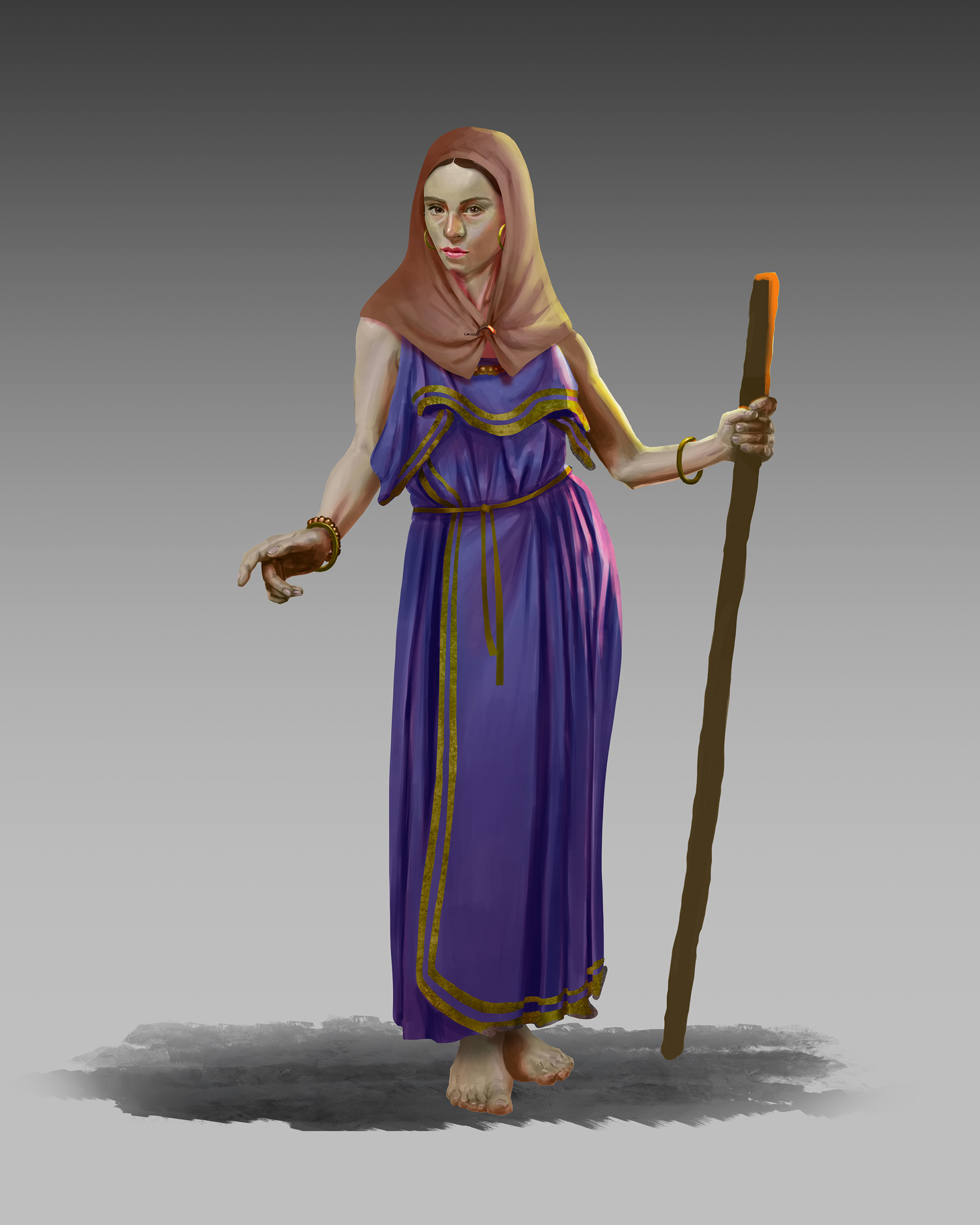Clips from my visualization of a Late Iron Age burial ritual, as practiced by the Lepontii culture in the Misox region.
You can see it at Museo Moesano as part of the „l‘immagine di un società“ exhibition, along with the beautiful grave finds that formed the basis for this reconstruction.
This project was created in cooperation with the Archaeological Service of Graubünden under the supervision of Dr. Thomas Reitmaier and Christoph Baur. The creative mentors were David Schürch and Joe Rohrer.
I’m very grateful for their patience, guidance and support.
The project sought to incorporate concepts of historical empathy into archaeological reconstruction. As part of that goal, interviews with archaeologists and scientific illustrators were conducted and evaluated. It was concluded that perspective was a crucial element in the contextual and holistic understanding of historic and pre-historic content.
The visualization therefore used a multitude of perspectives and angles, to facilitate a deeper understanding of the material depicted in the visualization. These perspectives don't always have to focus on people, and can instead focus on artefacts to create object-based narratives. Different people have different approaches to learning and understanding the past. By using different perspectives, a wider spectrum of accessibility is offered.
You can see it at Museo Moesano as part of the „l‘immagine di un società“ exhibition, along with the beautiful grave finds that formed the basis for this reconstruction.
This project was created in cooperation with the Archaeological Service of Graubünden under the supervision of Dr. Thomas Reitmaier and Christoph Baur. The creative mentors were David Schürch and Joe Rohrer.
I’m very grateful for their patience, guidance and support.
The project sought to incorporate concepts of historical empathy into archaeological reconstruction. As part of that goal, interviews with archaeologists and scientific illustrators were conducted and evaluated. It was concluded that perspective was a crucial element in the contextual and holistic understanding of historic and pre-historic content.
The visualization therefore used a multitude of perspectives and angles, to facilitate a deeper understanding of the material depicted in the visualization. These perspectives don't always have to focus on people, and can instead focus on artefacts to create object-based narratives. Different people have different approaches to learning and understanding the past. By using different perspectives, a wider spectrum of accessibility is offered.




Initial Storyboard visualizations that show the key scenes of the ritual and served as a base for the 3D visualizations.








Garment concepts that were used as a base for discussing what people in the reconstruction might look like. We selected elements from various designs and added other aspects that emerged from the discussion with archaeological experts.
Procedural Shaders were used in combination with 3D scanned textures (purchased at 3DScanstore) to provide quick variation and populate scenes.
Motion Capture was used for the facial expressions body movements. The models were rigged in Blender, using Auto-Rig Pro and FaceIt.
Marvelous Designer was used in the creation of the characters' garments. The motion captured animations were then applied to the 3D humans and garment behaviour was calculated using Marvelous Designer's cloth simulation. This resulted in naturalistic, believable cloth movement.
Grave finds were reconstructed using Blender. Among were (from left to right) multiple fibulae, a cup, a pot and bailer.
GIS Data was used to achieve an accurate depiction of the region's geography. The region in this case was the Misox valley in the south-east of Switzerland.